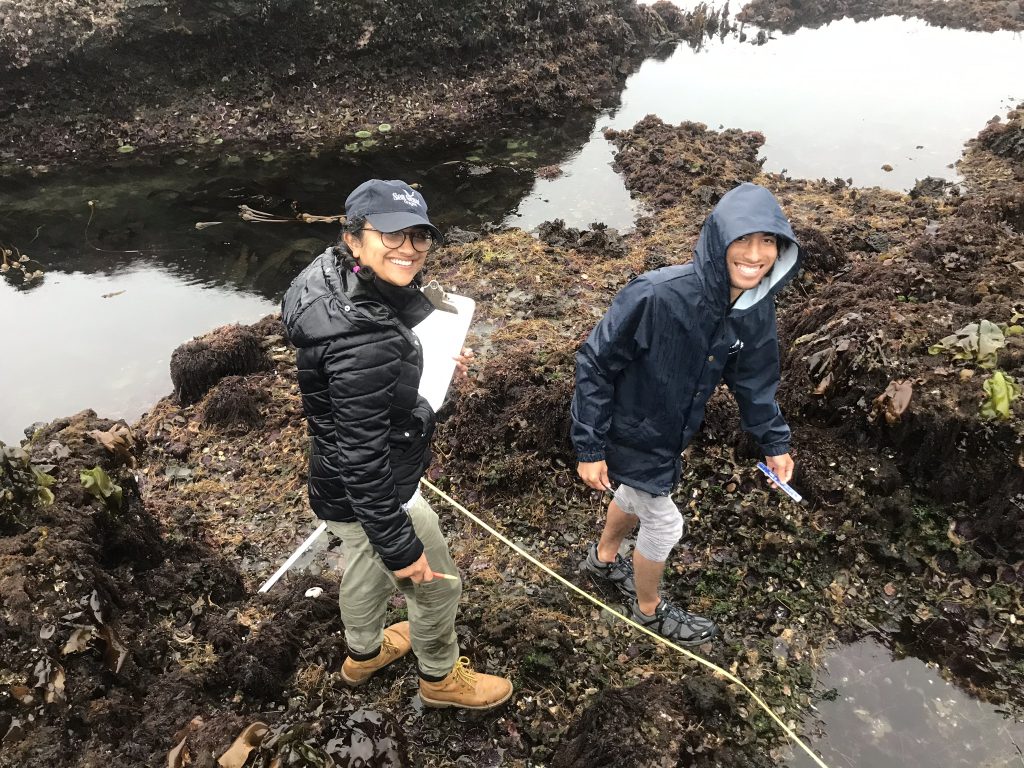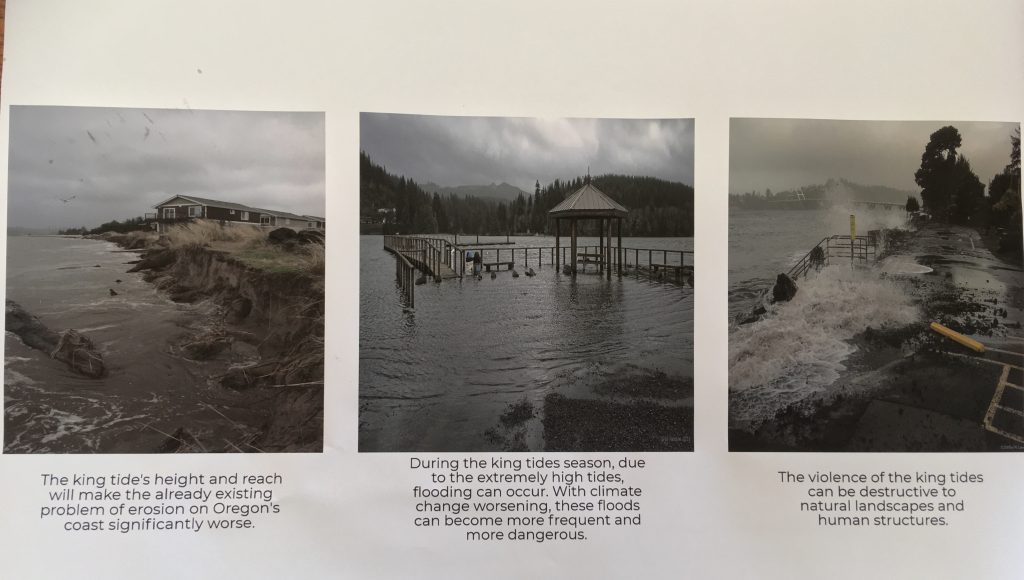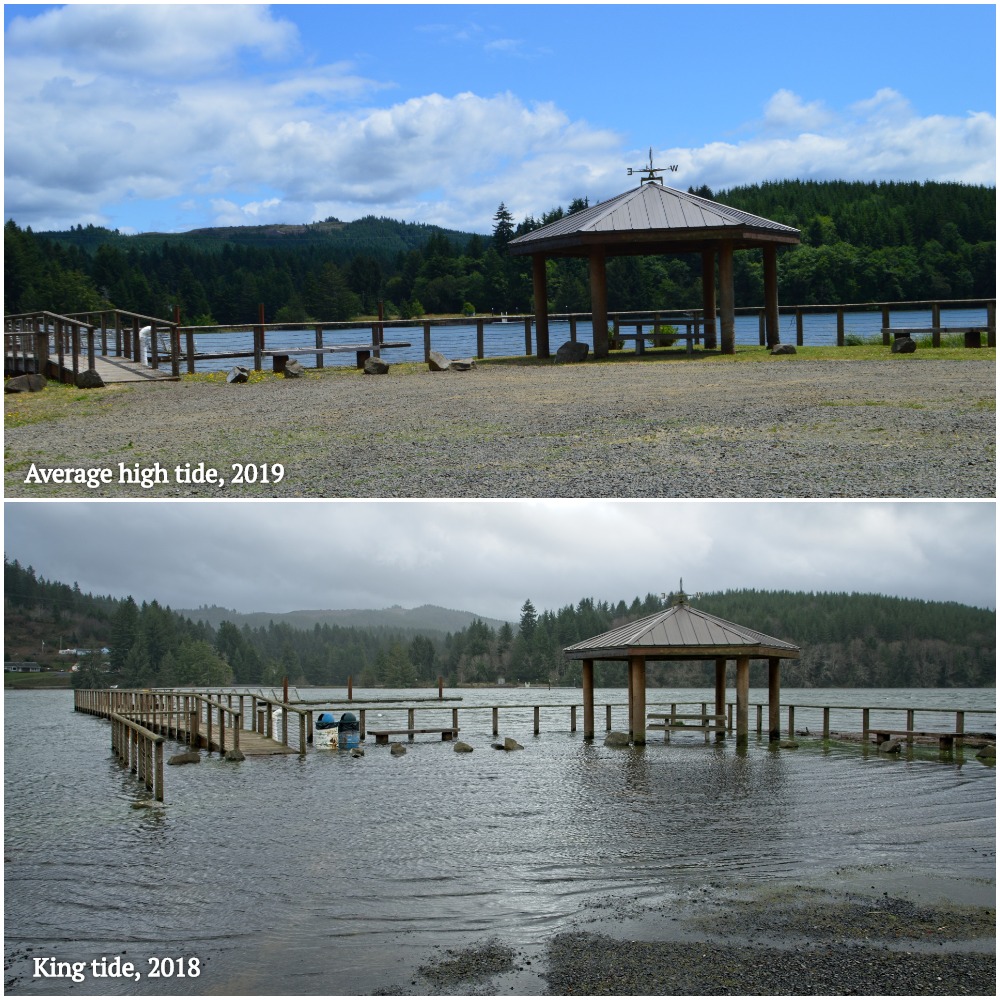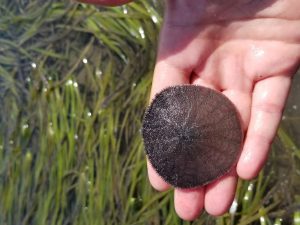Last Week in Newport
Wow, I can’t believe it’s the last week already. Last week flew by, and I just finished my last full weekend in Newport.
This post will be bittersweet: bitter because I don’t want to leave the people I’ve met or this amazing little town, but sweet because I’m ready to go back to school and am looking forward to life after school.
Last Week of work
We had our final symposium for Oregon Sea Grant on Friday! I think it went really well. Everyone’s posters and presentations were soooooo good!
I went to the last Oregon Coastal Management Staff meeting that I could attend last week. It was saddening to say goodbye to them, but I’m hoping to see them all again one day ;)
I hope to see everyone I have worked with again some day, including (especially) the other scholars!!
One of the last things that I’m doing is finalizing the displays for the king tides project, and I’m honestly not ready for it to end.
But, if you are ever in Oregon during the winter season, I encourage you to go out and take pics of the king tides and submit them! And keep an eye out for the travelling display, and when it’s up on the web, check out the virtual display!
Last week of fun
I forgot to mention that I went to the Oregon Coast Aquarium two or three weeks ago! It was super cute and the shark tunnel was amazing (of course, sharks are the best)!

Over this past weekend, Ariana, Autumn, Nikki, and I went to Devil’s Lake again! Ariana and I canoed on the lake, which was super fun!!
Before that, we made a stop at Taft to check out the beach there. It was pretty windy, so we didn’t stay long, But, I got to bury Ariana in the sand before we left :)
For her last pie, Ariana made an amazing blackberry pie (shoutout to Nikki for the handpicked, perfect blackberries)!! It was great and bittersweet (get the theme yet?). So, I rescind my previous pie comment haha.
Farewells
I’ve never been the best at saying goodbye, so we’ll see how this goes. My time here has been incredible, and definitely formative and informative. It’s helped me figure out what I want to pursue in grad school and future careers. I found some of my favorite people here. I found one of my favorite places I have been to. I want to say the biggest of thank you’s to everyone who has contributed to my experiences here – everyone at Oregon Sea Grant for making this possible; everyone at the DLCD for being accommodating and warm; Meg and Hui at the Newport office for being the best; and all of the other scholars for great conversations, hugs, laughs, love, and good times. :)
For the last time, sea ya!

















